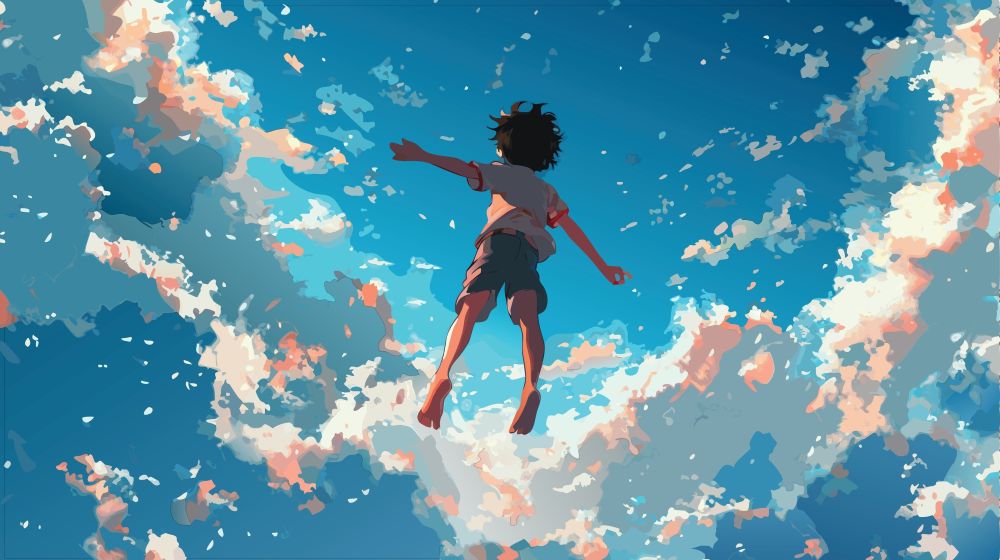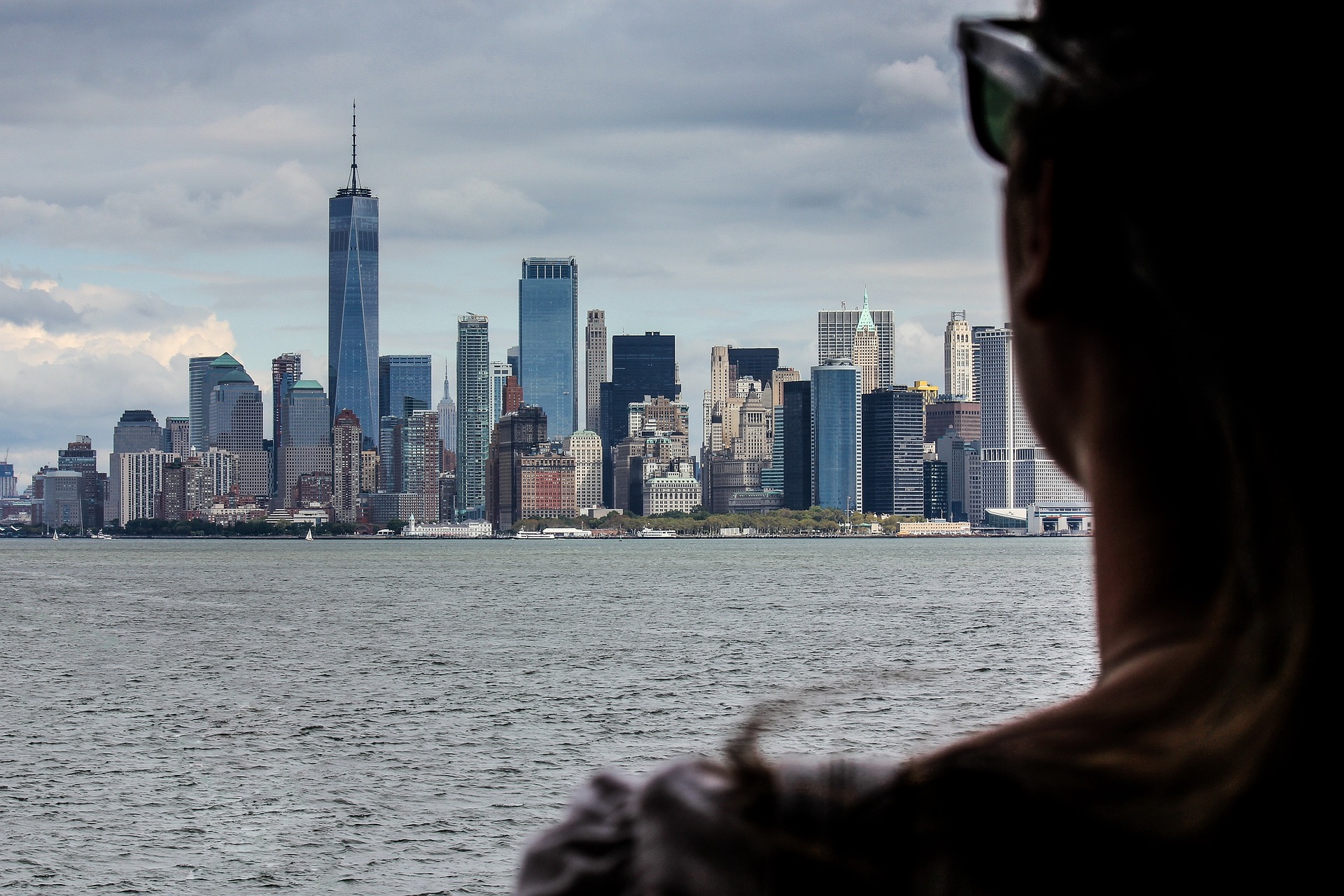Dissecting the Influence of Anime on Global Pop Culture
Anime, a distinctive form of Japanese animation, has permeated global pop culture, shaping entertainment trends and influencing artistic expressions. This article delves into the historical journey of anime, its current global influence, and its significant trends in the arts and entertainment industry.

The Origin and Evolution of Anime
Anime, a term derived from the English word animation, began its journey in the early 20th century. The first known anime, a two-minute clip of a samurai testing a new sword on his target, was made in 1917. However, it was the post-WWII era that marked a significant turning point for anime, with the emergence of iconic figures like Osamu Tezuka, widely recognized as the “god of manga”. His creation, “Astro Boy”, aired in 1963, paving the way for the international recognition of anime.
Anime’s Global Ascendancy
Fast forward to the present time, anime has become a global phenomenon. Its influence is evident in various forms of entertainment, from video games and online streaming platforms to Hollywood productions. Netflix, for instance, invested $8 billion in 2018 to produce original anime content, reflecting the growing global demand for this genre. Anime conventions, like Anime Expo in Los Angeles, attract hundreds of thousands of attendees annually, further underscoring its global popularity.
Impact of Anime on Arts and Entertainment
The impact of anime extends beyond mere entertainment. It has become a significant art form, with its unique storytelling, character development, and visual aesthetics. Anime series like “Neon Genesis Evangelion” and “Ghost in the Shell” have been lauded for their profound explorations of existentialist themes, questioning human nature, identity, and the meaning of life. The distinct visual style of anime has also influenced numerous artists and filmmakers worldwide, including prominent figures like Quentin Tarantino and Guillermo del Toro.
Current Trends and Developments
The anime industry continues to evolve and innovate. The latest trend is the crossover of anime with other entertainment genres. For instance, the emergence of anime-inspired music videos, such as Billie Eilish’s “you should see me in a crown”, reflects the integration of anime aesthetics into mainstream pop culture. The rise of virtual reality has also opened new avenues for anime, with companies like Bandai Namco developing VR anime experiences.
Concluding Remarks
Anime, once a niche form of entertainment, has become a significant cultural force globally. Its unique artistic qualities and storytelling continue to draw audiences, influencing various forms of media and art. As the industry continues to innovate, the influence of anime on global pop culture is set to expand further, reinforcing its position as a powerful form of artistic and cultural expression.




